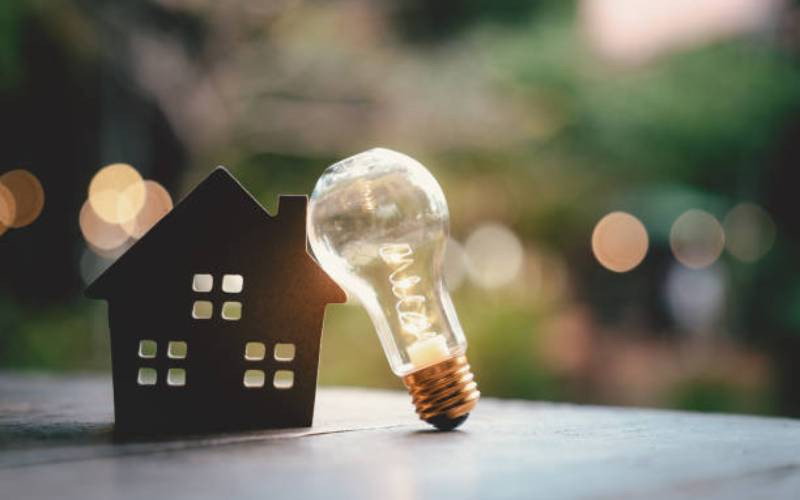
The question of energy is a big headache to the world now. Of course, there is a strong consensus that our world is turning into an oven. Energy has played a role. Further, the war in Ukraine has reminded us of our energy insecurities. Besides, Africa is still energy poor.
About 600 million people can't access clean energy. Yet, there is a strong correlation between energy abundance and socio-economic development. Indeed, it should not be lost on us that the African Union's Agenda 2063 obligates us to help end Africa's energy poverty. And for Kenya, we all want lowered cost of power.
To reconfigure our fortunes, we need radical measures that will deliver an energy revolution. First, nations thrive because of the courage of their imagination. Second, the centrality of energy to socio-economic development is solid; the better if the source is native.
In fact, the Parliamentary Committee on Energy is exploring ways to lower the cost of power. It's a welcome initiative. The draft "6-point plan", as reported in the media, is interesting. Still, I wish to submit too that investment in our own homegrown resources and cutting the use of thermal will be a game-changer. That's why geothermal energy is king.
Geothermal is our natural heritage - it's not imported like oil. It's abundant in Kenya [about 10,000MW]. Furthermore, it's clean, reliable, and affordable. Crown all that with Kenya's vibrant homegrown geothermal expertise and you get a country with the right ingredients to drive a geothermal boom.
And it's paying off. Today, Kenya's geothermal installed capacity stands at 940MW. Very soon we are going to cross the 1,000MW of geothermal power mark once we start power generation at Menengai. Today, geothermal energy accounts for roughly 45 per cent of our grid. It is geothermal that gallantly cushioned the country during the previous drought. Tariffs from geothermal too, because they are low, are also cushioning the consumer against high bills.
To leapfrog into an energy-rich country requires boldness. To sharpen our competitiveness, policymakers, investors, academia, and financiers must consider geothermal energy.
It should not be lost on us that geothermal development is an arduous undertaking. That is why the private sector will shy off from the initial critical investments like scientific exploration, infrastructure development, provision of water and drilling operations. The upstream is considered costly and risky.
The government, through GDC, absorbs these upfront risks to create an enabling environment for investor entry. To some good degree, the strategy has worked. It explains why in Menengai, for instance, three Independent Power Producers (IPPs) are set to each generate 35MW in the first phase of development. One of the IPPs, Sosian, is currently testing its 35MW power plant.
Soon Kenyans will start to get power from Menengai. And just recently, we broke ground with Globeleq, another IPP, for the construction of a 35 MW powerplant. Power from Menengai will cost about Sh9 per kWh compared to the Sh22 per kWh that thermal plants would charge.
As I have noted, once the resource is proven, and well-managed it can serve us for centuries. Italy is a good case. The first geothermal plant was established in 1904; it still runs today. All they do is replace equipment.
To make optimal use of geothermal energy, we will need also to reinvigorate the entire energy ecosystem. First, we need a robust East Africa Power Pool system. This system will allow us to trade our excess power. Second, it is time to focus on captive power use.
This is when heavy consumers set shop near power generation sites to tap direct power from the powerplant. The captive power approach will encourage a value chain of different actors and therefore industrial centres.
The writer, Paul Ngugi, is the Managing Director and CEO of Geothermal Development Company.

